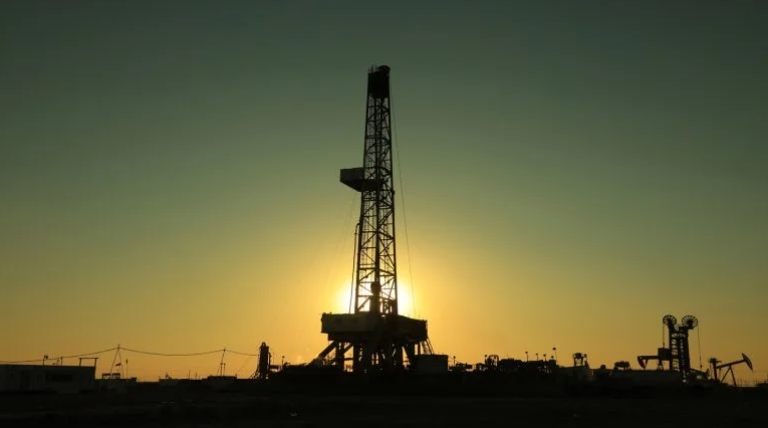
That statement may have caused OPEC+ to delay a meeting until the end of this week. Saudi Arabia delayed the release of its monthly pricing list, an influential data point that offers both a pricing benchmark and also offers a window into Saudi strategy. The delay suggests that Riyadh will wait and see if there is any progress on OPEC+ talks before taking action one way or another.
The odds of success vary depending on who you ask.
On the bullish side of the ledger is the fact that an emergency meeting of the G20 oil ministers has been called, signaling potential participation in global production cuts beyond just OPEC+ countries. “It is coming to a level where it will have significant implications for the stability of the global economy and millions of workers employed in the oil and gas industry,” Fatih Birol, the executive director of the International Energy Agency (IEA) told the FT. “The main task [of the G20] is to provide and maintain the financial and economic stability of global markets so it is perfectly in-line with their remit.”
Saudi Arabia and Russia are “very, very close” to an historic deal to cut production, but success likely hinges on whether or not the U.S. and other non-OPEC countries join.
Still, several analysts voiced skepticism that a production deal was imminent.
The meeting delay “is a fresh sign that working out a deal of this magnitude will take time,” JBC Energy wrote in a note on Monday. “Defining the right size for it will be very difficult, and of course, there is good reason to wonder if it will materialise at all.” The fact that Brent was trading at around $34 on Monday suggests that “a large part of the market still appears to be holding onto the hope of a better future,” the firm concluded.
However, even if they do, a global production cut – even one as large as 10 million barrels per day (mb/d) – may only buy time as the oil market continues to collapse.
Estimates of demand destruction now top 20 mb/d. Some estimates even put the global glut at 35 mb/d.
A supply cut would delay the time at which global inventories fill to the brim, but as long as the pandemic continues to keep a few billion people on lockdown, the oil surplus will remain.
“Even if there was 10m b/d of cuts in our view we could still see a building of stocks of 15m b/d,” Mr Birol said. “I see that there is a growing consensus that this is the forum to address this problem.”
The cuts of around 10 mb/d would also likely occur against a baseline of today’s rate of output, which is 3 mb/d or so higher than it was a month ago on the eve of the OPEC+ meeting. Since then, Saudi Arabia has ramped up production and may offer cuts against that new, higher level of output.
That means the proposed 10 mb/d of cuts is more like 6.5 mb/d of cuts, Commerzbank says. “Under these circumstances, it is likely to prove difficult to reach any agreement,” Commerzbank analysts said, referring to the negotiations between multiple parties, including the mercurial U.S. president. “And in any case, a reduction of 6.5 million barrels would do little to help in view of an oversupply of over 20 million barrels per day,” Commerzbank wrote in a report on Monday.







